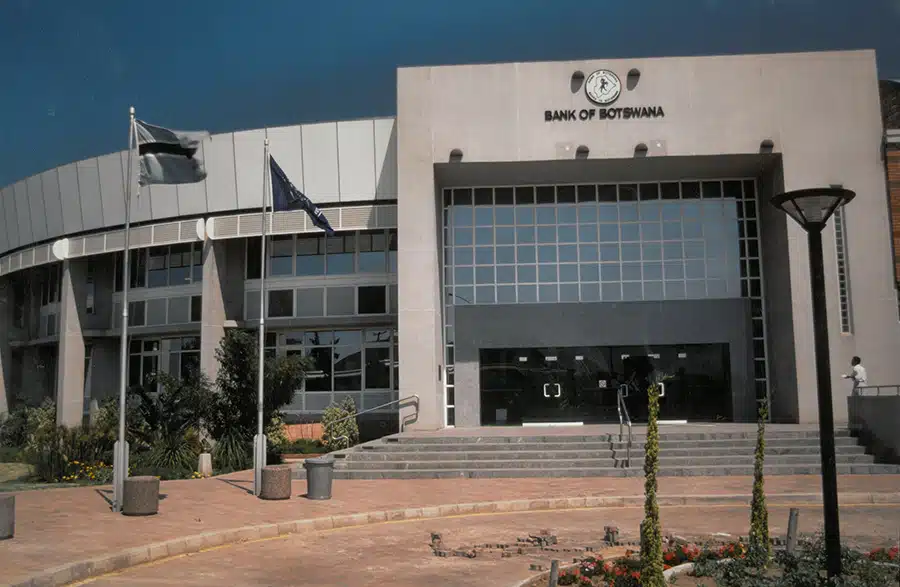Five years after backing a risk-based approach to credit pricing, the Central Bank of Kenya (CBK) is preparing to dismantle it.
In a statement issued on April 23, the regulator said it was time to reassess the Risk-Based Credit Pricing Model (RBCPM), citing concerns over transparency, effectiveness, and how well it still aligns with the needs of Kenya’s banking sector.
Introduced in 2019 as a market-based alternative to interest rate caps, the RBCPM was designed to allow banks to price loans based on the creditworthiness of each borrower. The aim: curb indiscriminate lending while still expanding access to credit.
But five years on, CBK says the model has produced uneven results—and, in some cases, unintended consequences.
A model under pressure
CBK’s statement noted that while the RBCPM was a joint initiative between the regulator and the Kenya Bankers Association, many banks failed to implement the model as intended.
Some lenders introduced pricing mechanisms that produced excessively high, model-generated interest rates. Others added charges outside the framework entirely, raising concerns about hidden fees and inconsistent borrower treatment.
The opacity of these practices, CBK said, undermined the very goal of risk-based pricing: fairness and predictability in lending.
From model-based to market-linked
Under the proposed reforms, banks will shift to a simpler structure: lending rates will be benchmarked directly to the Central Bank Rate (CBR), plus a disclosed premium, known as “K.”
CBK says this change is designed to improve transparency and responsiveness. Many banks currently calculate the cost of funds based on deposit rates over a six- to twelve-month horizon, slowing down the transmission of CBR changes to actual lending rates.
In the new system, banks will still be allowed to price their credit risk, but the full composition of the “K” premium will now be made public. According to CBK, each bank’s “K” value will be published on the central bank’s website, the Total Cost of Credit (TCC) portal, and two national newspapers.
Two models. One broken system.
The idea behind risk-based credit pricing is straightforward: charge higher rates to riskier borrowers, lower rates to safer ones. Sometimes this works. In places like the U.S. mortgage market or South Korea’s SME lending space, the models thrive on structured data like income statements, credit scores, and default curves. If you know how risky someone is, you can price that risk.
Benchmark-based lending, on the other hand, aims for predictability. Peg loans to a policy rate, slap on a disclosed premium (“K”), and everyone, from economists to taxi drivers, knows what to expect. The European Central Bank (ECB) uses it. China’s central bank uses it via the Loan Prime Rate (LPR).
A flat premium assumes borrower risk is either uniform or unimportant—an assumption that holds in deep, stable markets with minimal credit rationing, but becomes problematic when credit access is already uneven.
In reality, both models struggle in emerging markets which don’t have the data depth to support fully rational pricing. Risk-based pricing works when borrowers come with credit scores and a tax filing history; otherwise, lenders use their discretion.
Benchmark-linked models get undermined when banks stack up fees to cover hidden risks for borrowers. Things like loan processing fees start to go up. In Kenya’s case, the execution of the new model has to be nuanced.
Public input invited
To support the transition, CBK has released a consultative paper and is inviting feedback from stakeholders, banks, and the public.
While the regulator framed the move as a modernisation effort, analysts say it also reflects a broader attempt to restore trust in Kenya’s credit market, amid high lending costs and mounting scrutiny of opaque bank charges.
If adopted, the changes could reset how interest rates are communicated and calculated in Kenya, anchoring them to a publicly known base rate, while forcing banks to openly justify what they charge on top.











